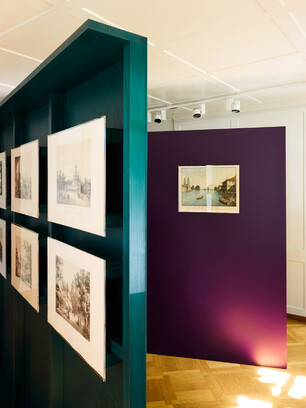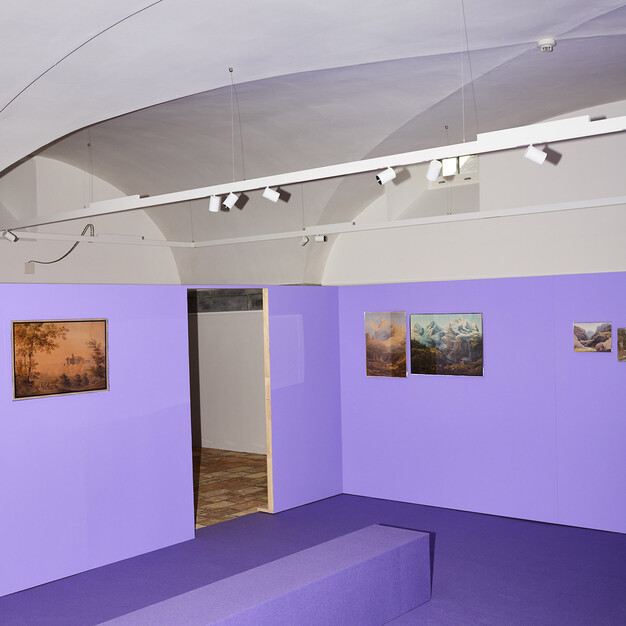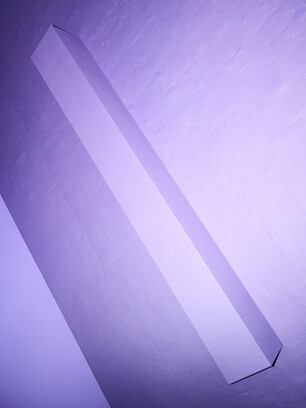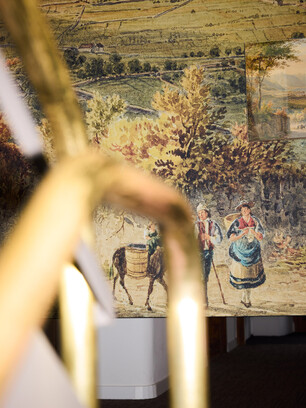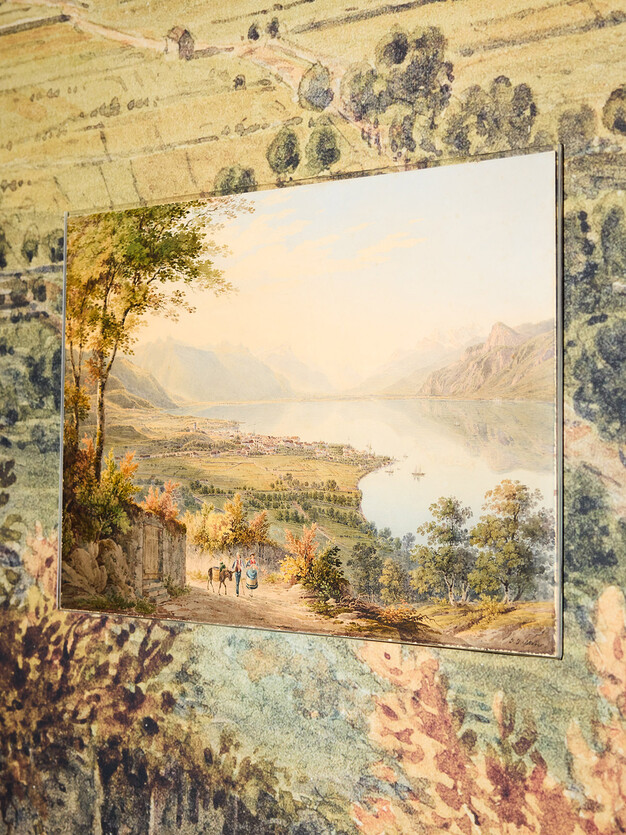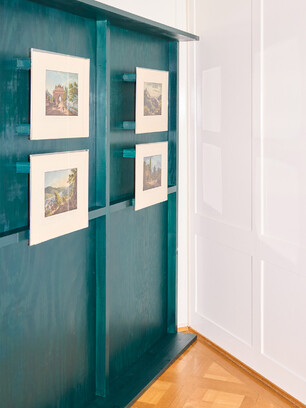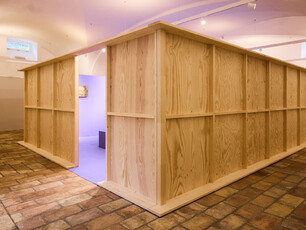Detail Reich 2025
Art Exhibition
Ortsmuseum Meilen, Switzerland
From the very beginning, a distinct approach to Johann Jakob Meyer's oeuvre and the location of the Meilen Local History Museum became apparent. The work, the diversity of techniques and the wide range of the collection were to be displayed in a modern and contemporary manner, enabling a different perspective on the two-century-old craftsmanship. Floating and frameless, hung in different ways, the originals and reproductions of the artist are intended to sharpen the eye of the visitor, inviting them to linger – even encouraging them to rest. This is particularly important in an age of rapid viewing and constant photographic recording. The other level of design – that of architectural intervention – was achieved with clear wooden walls that deliberately accentuate the rooms of the local museum. The walls in the furnace room facing the lake are V-shaped, while those in the hall facing the mountain are Y-shaped. Both structures exhibit a duality: one side is structured and visually reminiscent of earlier kiosks and magazine stands, while the other side is smooth and museum-like. The spaces between the protected walls of the rooms and the installation create tension and allow the works to be viewed from both close up and from a distance. The existing museum walls remain explicitly empty. The colourful varnish on the exhibition walls seeks to surprise with its colourfulness – yet, thanks to its transparency and the wood grain shining through, it builds a bridge to the nature in which the drawings were created.
The central entrance room is dominated by enormous enlargements of reproduced details, in front of which the original picture is hung. This four-part ensemble forms the introduction to the exhibition, showing the richness of detail and the precision and meticulousness with which the paintings were created.
On the lower ground floor, a room within a room has been created in the vaulted cellar. It is the treasure trove of the exhibition and appears very opulent thanks to the colourfulness of the walls and floor. The hanging of the sketches and some of the unfinished works transports the modernity of Johann Jakob Meyer's oeuvre and his studio into the present day – or even into the future. This idea is continued in the photography of Joan Minder: with his sensitive and precise eye, the photographer has added an additional, contemporary layer to the exhibition – his progressive visual language invites visitors to perceive observation in a new way and to enter into contemplation with the exhibition. This effect is particularly evident in the vaulted cellar; the tranquillity that defines the room, further emphasised by the temporary felt flooring, creates an atmosphere of concentration. Just as it perhaps was when drawing nature in nature: observing, seeing – and letting your thoughts run free. Seeing in order to understand.
Photography: Joan Minder
Download the Catalogue (PDF german, 2Mb)
Download the Fotoalbum (PDF german, 5Mb)
